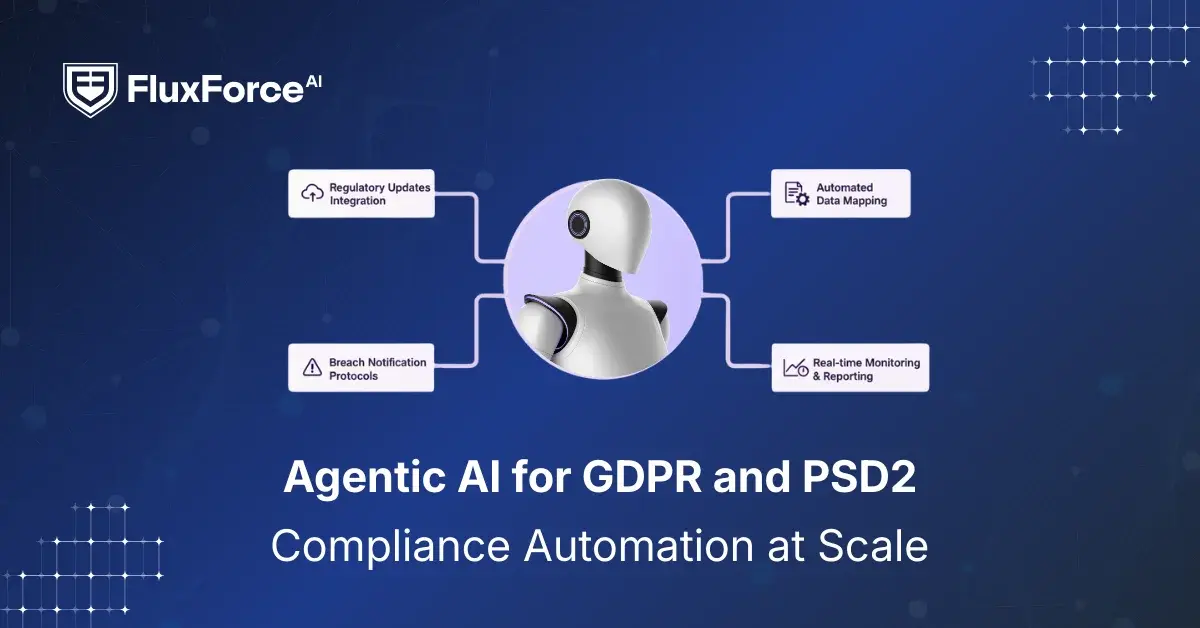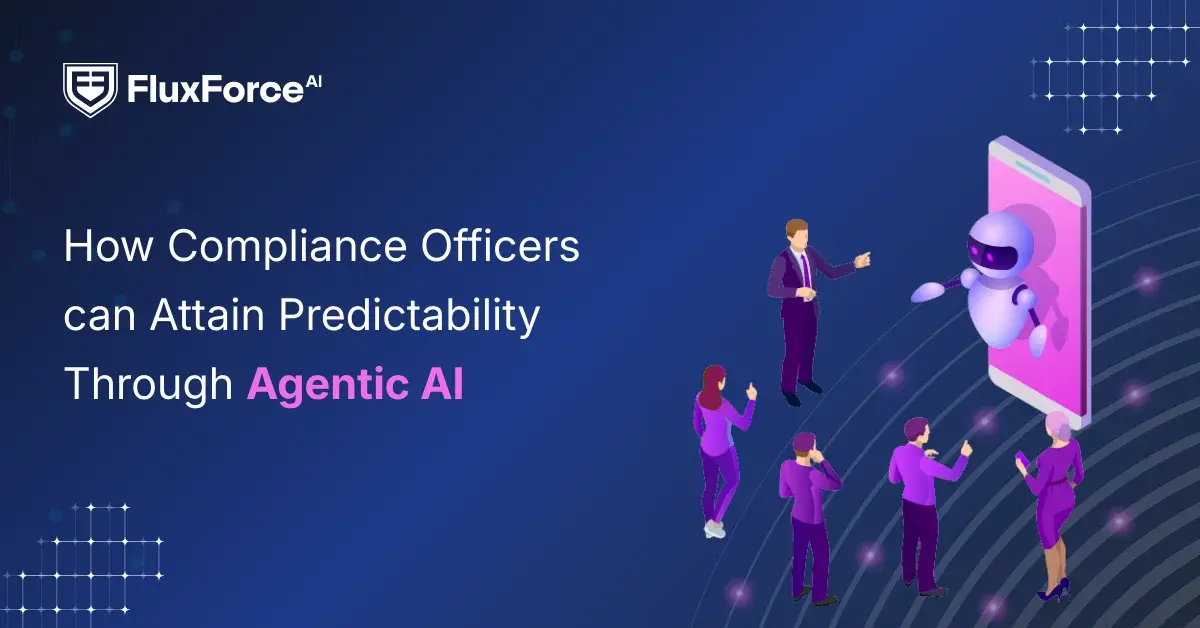Listen to our podcast 🎧

Introduction
For Payments Risk Officers, compliance in banking is making sure every payment is safe, every report is accurate, and every regulator sees your bank as trustworthy. When someone asks, “What is compliance in banking?” the basic answer is following laws. But for those responsible for payments risk, it means much more. It’s about safeguarding every digital payment flow, preventing fraud, and ensuring your institution doesn’t stumble under the weight of ever-changing banking compliance regulations.
What Is Regulatory Compliance in Banking?
Regulatory compliance in banking means keeping up with laws like AML, KYC, data privacy, and sanctions checks. But the real job is bigger. It’s making sure your reporting shows regulators that your bank is alert, fast, and always ready.
Why Reporting Matters So Much
Many think compliance is just to avoid fines. But for Payments Risk Officers, it’s more like a radar. Reports highlight fraud patterns, unusual payments, and weak spots before they become disasters.
In today’s banking industry, where millions of transactions happen in seconds, manual reporting is too slow and risky. One missed suspicious payment can mean penalties, lost reputation, or even fraud outbreaks. That’s why banking compliance regulations push banks to make reporting smarter and faster.
The Moving Target of Regulations
The hardest part? Regulations keep changing. From PSD2 in Europe to FATF globally, rules shift constantly. Payments Risk Officers must translate them into real-time monitoring without slowing down good transactions. For example, AML rules demand quick suspicious activity reports (SARs). Without automation, meeting these deadlines is almost impossible.
Why Automation Is Changing Banking Compliance
For Payments Risk Officers, staying on top of banking compliance regulations is a daily challenge. New rules appear often, payments move faster than ever, and fraud threats keep growing. Manual work is no longer enough. This is why many banks are now turning to regulatory compliance automation to make reporting easier and more reliable.
Limits of Manual Reporting
In the past, compliance teams relied on spreadsheets, manual checks, and never-ending paperwork. That approach might have worked when transactions were slower and fewer. But today’s banking industry processes millions of payments in seconds. One reporting error can mean heavy fines, fraud slipping through, or even reputational damage.
Payments Risk Officers need speed, and accuracy that manual reporting simply cannot keep up anymore.
How Automation Helps Banks
Banking compliance reporting automation solutions use technology like AI and data analytics to review payments instantly. These systems can:
- Flag unusual or suspicious transactions right away
- Create accurate reports for regulators with less effort
- Cut down false alarms while spotting real risks
- Stay updated with the latest banking regulatory compliance checklist
With automation, Payments Risk Officers spend less time on paperwork and more time focusing on preventing risks and improving payment security.
Key Benefits of Automation
The biggest advantage is control. Instead of reacting after something goes wrong, automation lets you act before issues escalate. Some benefits include:
- Faster and more accurate regulatory compliance in banking
- Lower costs for compliance operations
- Better fraud and risk management in digital payments
- Clear records that make audits simple and stress free
For example, AML rules often require suspicious activity reports within short deadlines. Automation can collect the right data and prepare the report immediately, avoiding delays.
Compliance Automation Best Practices
For Payments Risk Officers, compliance is not just about following rules. Automation helps banks process payments faster, reduce mistakes, and stay in line with banking compliance regulations. It allows officers to prevent problems before they happen instead of reacting later.
Detecting Risks in Real Time
AI and machine learning systems can watch transactions continuously and spot unusual activity, like many small transfers to a new account. Case management systems track these alerts and make sure they are reviewed quickly. Automated reporting creates accurate reports ready for regulators. Risk dashboards give officers a clear view of high-risk payments and patterns of possible fraud.
Following a Clear Compliance Process
Automation works best when combined with a structured process. Payments Risk Officers need to check customer identities, screen transactions against sanctions, monitor unusual payments, report suspicious activity on time, and keep records ready for audits. Regularly updating systems ensures that the process stays aligned with banking regulatory compliance checklists.
Officers should keep up with rule changes, test systems regularly, and train staff to use compliance tools correctly. Linking fraud checks with reporting ensures risks are caught early and handled efficiently.
Making Compliance an Advantage
When done right, automation and structured processes help banks reduce fraud, save time, and build trust with regulators and customers. Compliance becomes more than a task—it becomes a useful tool to protect payments and make operations smoother in the fast-moving digital payments world.
Fraud Risks and Compliance Challenges in Digital Payments

Identity
Fraudsters don’t always hack systems. Many just act like someone else. Fake IDs, weak KYC checks, or false profiles let them open accounts. For Payments Risk Officers, this is both a fraud risk and a compliance issue because regulators expect strict checks when new customers join.
Phishing
Scam emails, phone calls, and fake payment links trick people into sharing their details. Even if a bank’s systems are strong, one wrong step by a customer can cause fraud. Officers need to make sure protections like two-factor login and payment alerts are simple to use and follow compliance rules.
Laundering
Criminals hide illegal businesses by moving money through accounts that look normal. This is called transaction laundering and is hard to spot without close tracking. Regulators see it as a big risk, so officers must show their systems can find these hidden patterns.
Insider
Not all risks come from outside. Staff or vendors with system access may misuse it. This creates fraud and compliance problems. Regulators now ask banks to prove they have strong internal controls, making insider risk an important focus.
Breaches
Big cases like the Stripe breach show that even well-known payment companies can be attacked. For banks, these events are not only system problems but also compliance problems if reports are slow. Regulators want fast and clear reports, and delays can bring fines and hurt trust.
Stay Ahead of Regulations
Planning and Governance in Compliance

Risk-Based Planning
For Payments Risk Officers, good compliance starts with a clear plan. This means knowing rules like AML, KYC, sanctions, and data privacy, and connecting them to how the bank processes payments. Officers pay extra attention to transactions that are higher risk or more sensitive.
Governance and Accountability
Good governance means everyone knows their role. Who checks customer identities, who watches for unusual payments, and who prepares reports for regulators. Clear roles prevent mistakes and show regulators that the bank has proper oversight.
Risk Prioritization
Not all payments are equally risky. Officers focus on things like cross-border transfers, large accounts, or new customers. Automation helps spot unusual activity, but human judgment ensures the team focuses on the most important risks.
Operational Benefits
- Less chance of missing alerts or late reporting.
- Clear responsibilities for every team member.
- Easier to follow changing rules without slowing operations.
Measuring Performance, Using Technology, and Planning Ahead Monitoring and KPIs

Tracking how things are going is important. Key measures include:
- How many suspicious transactions are caught and how serious they are.
- How quickly regulatory reports are finished.
- Accuracy of automated compliance reports.
These numbers help officers improve processes and reduce risks.
Technology Integration
Automation works best when all systems work together. KYC checks, AML monitoring, fraud detection, and reporting should be linked in one system. This gives policy officers a complete view of risks, makes reports more accurate, and speeds up operations.
Adapting to Changes
Digital payments are always changing. Tools like AI to spot unusual payments, real-time risk scoring, and predictive analytics are important. Officers need to keep up with rules and use automation to catch problems early and report quickly.
-1.png?width=1200&height=628&name=hubspot%20blog%20(6)-1.png)
Shaping the Future of AI in Finance
Fluxforce research uncovers how banks and enterprises are adapting to fraud, compliance, and data challenges in 2025.
Conclusion
Keeping banks safe starts with strong compliance. Payments Risk Officers make sure every payment is secure and that the bank follows all rules. Their work builds trust with customers and regulators.
Using automation and clear processes makes compliance faster and more reliable. Officers can check transactions carefully, spot problems early, and report risks without delays. Linking all systems together gives a full picture of potential risks and helps prevent mistakes.
Monitoring key indicators, keeping up with changing rules, and using smart tools allow officers to stay ahead of fraud. Strong compliance means smoother operations, safer payments, and confidence for everyone involved.
With millions of payments processed every second, the work of Payments Risk Officers ensures banks stay secure and customers stay confident.






Share this article